3 Key Points About Drilling Simulators
Drilling simulators are essential tools in the oil and gas industry because they provide safe, cost-effective, and efficient training opportunities while improving skills and reducing environmental impact.
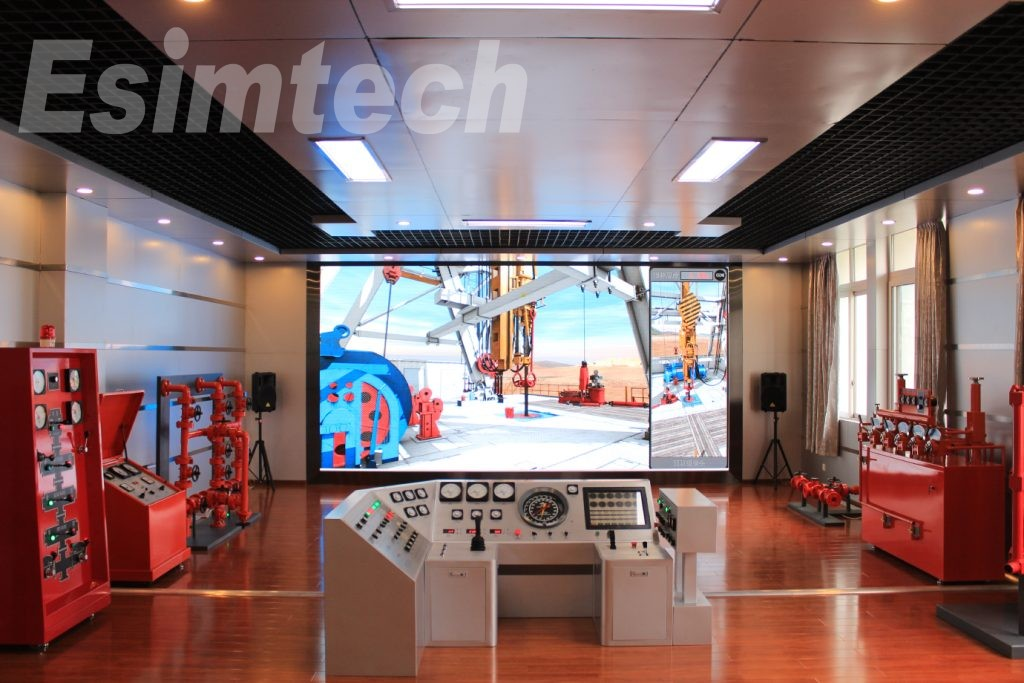
Why Drilling Simulators Important In The Oil And Gas Industry
Safety
Drilling simulation training system provide a safe and controlled environment for trainees to learn and practice drilling skills. They can replicate a variety of drilling scenarios, including as emergencies and equipment breakdowns, to teach trainees how to respond swiftly and effectively in real-life situations.
Cost-Effective Training
Drilling simulators are a low-cost method of training and preparing drillers and other people. Using a simulator can lower the costs associated with using actual drilling equipment and eliminate equipment downtime, which is frequently required for training.
Skill Enhancement
Drilling simulation system enable trainees to improve their skills and knowledge. The simulators may simulate difficult and complex drilling situations, helping trainees to improve their problem-solving and decision-making skills.
Environmental Benefits
Drilling and well control simulation system can help to lessen the environmental impact of drilling and well operations. Drilling operators can anticipate and avoid potential hazards and reduce environmental effects by simulating scenarios before they occur.
Operational Efficiency
Drilling simulators have the potential to increase the overall efficiency of drilling operations. Drilling operators can reduce downtime, enhance drilling accuracy and efficiency, and increase production by using simulators to train workers and identify potential issues before they arise.
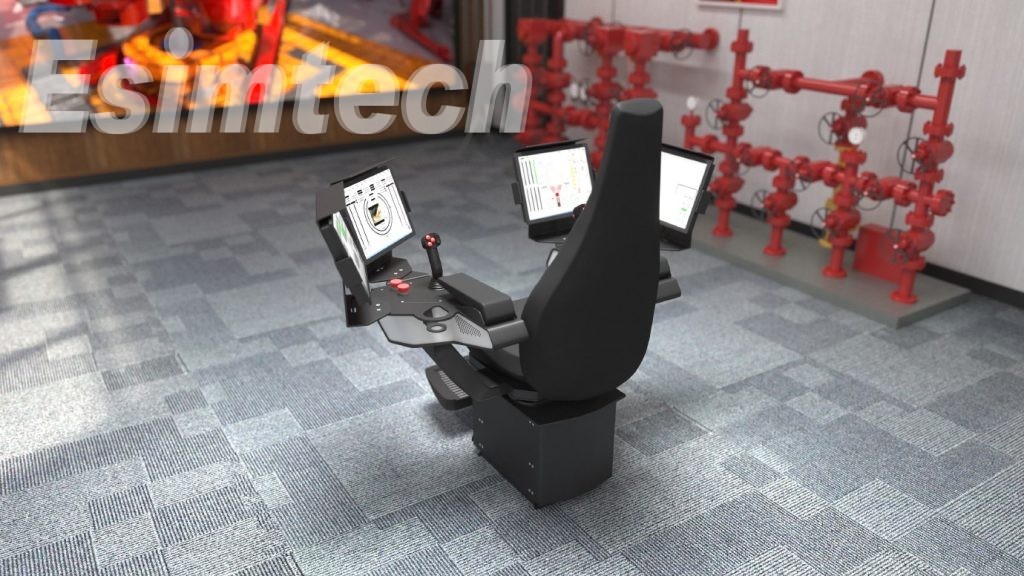
What Are the Main Components Of Drilling Simulators
Hardware
This comprises the simulator’s physical components, such as the computer, monitors, and input devices (such as joysticks and control panels). The hardware is intended to appear and feel as close to a real drilling rig as feasible.
Software
The drilling simulator’s software is at its heart and is in charge of recreating the drilling operation. This includes simulating drill bit movement, drill string rotation, and the behavior of the rock formations being drilled. In addition, the software can simulate numerous drilling scenarios, like as equipment failures and emergencies.
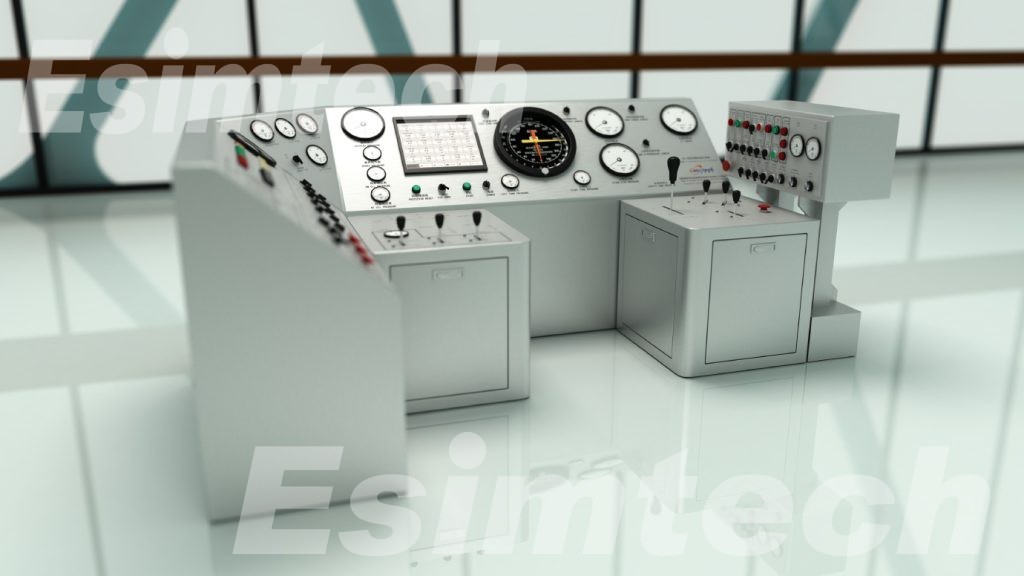
Visualization System
The visualization system shows learners a three-dimensional image of the drilling environment. This can include the drill rig, drill string, borehole, and geological formations surrounding it. To give trainees an accurate portrayal of what they would see in a real drilling scenario, the visualization system should be as realistic as feasible.
Control System
The control system enables trainees to interact with the drilling simulator in the same way that they would interface with a real drilling rig. This includes regulating the drill string’s movement, monitoring drilling parameters (such as bit weight and rotation speed), and responding to crises and equipment malfunctions.
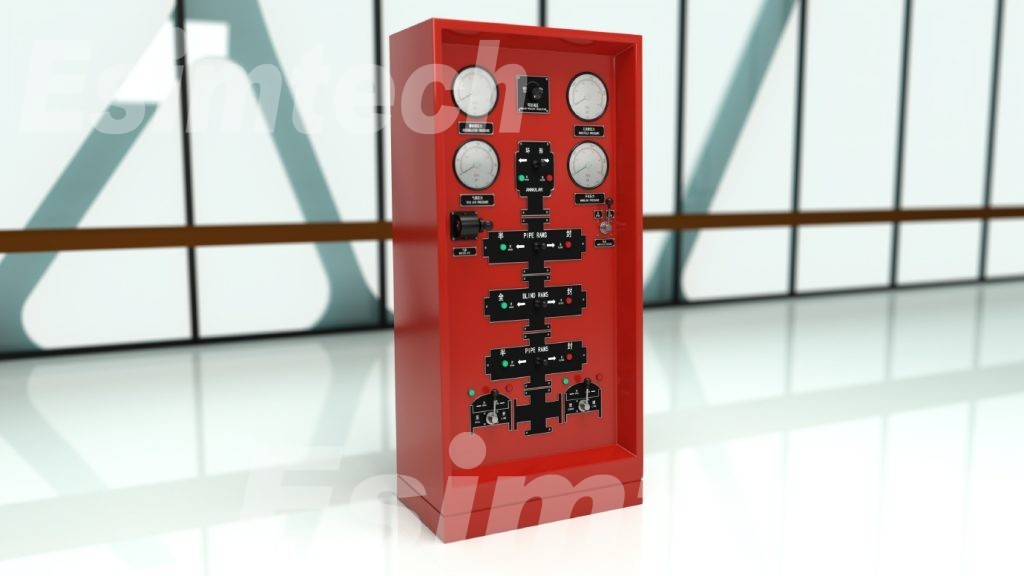
Data Management System
The data management system is in charge of gathering and interpreting drilling simulator data. This information may include drilling performance, equipment performance, and trainee performance. The information gathered can then be used to enhance training programs and optimize drilling operations.
What Are Common Applications Of Drilling Simulators
Training
Drilling simulation training system are used to train people such as drillers, wellsite supervisors, and engineers in the safe and effective execution of drilling operations. They provide a realistic drilling environment for trainees to practice and refine their abilities before being dispatched to the field.
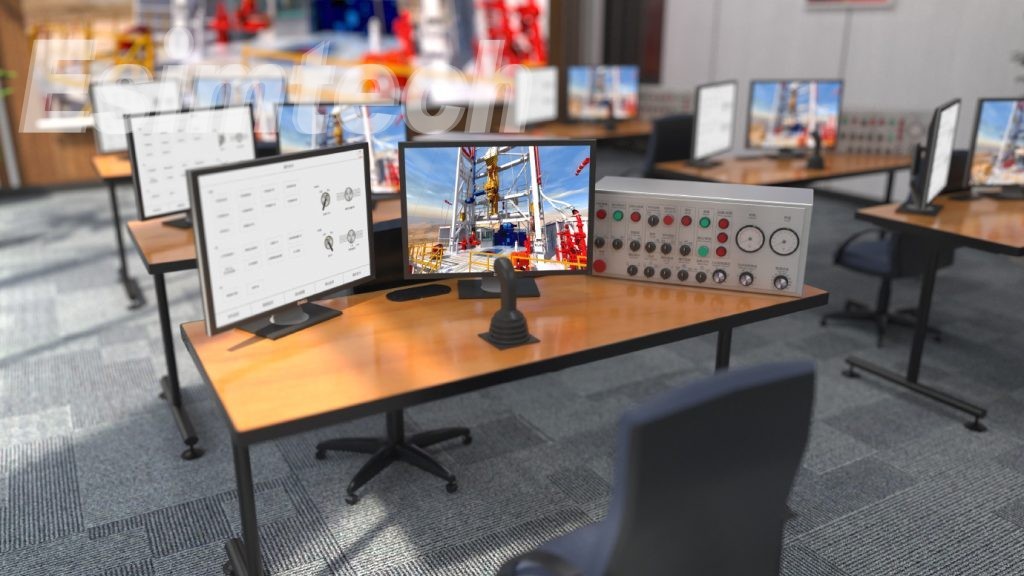
Equipment Testing
Drilling simulation are suitable for putting new drilling equipment, such as drill bits, drill strings, and downhole instruments, through their paces. Operators can evaluate the performance of new equipment and discover any flaws before they are utilized in the field by simulating drilling activities.
Well Planning
Drilling and well control simulators can be applied to improve drilling parameters and plan well trajectories. Simulating the drilling process allows operators to find the best path for the wellbore and the most effective drilling parameters to reduce drilling time and expense.
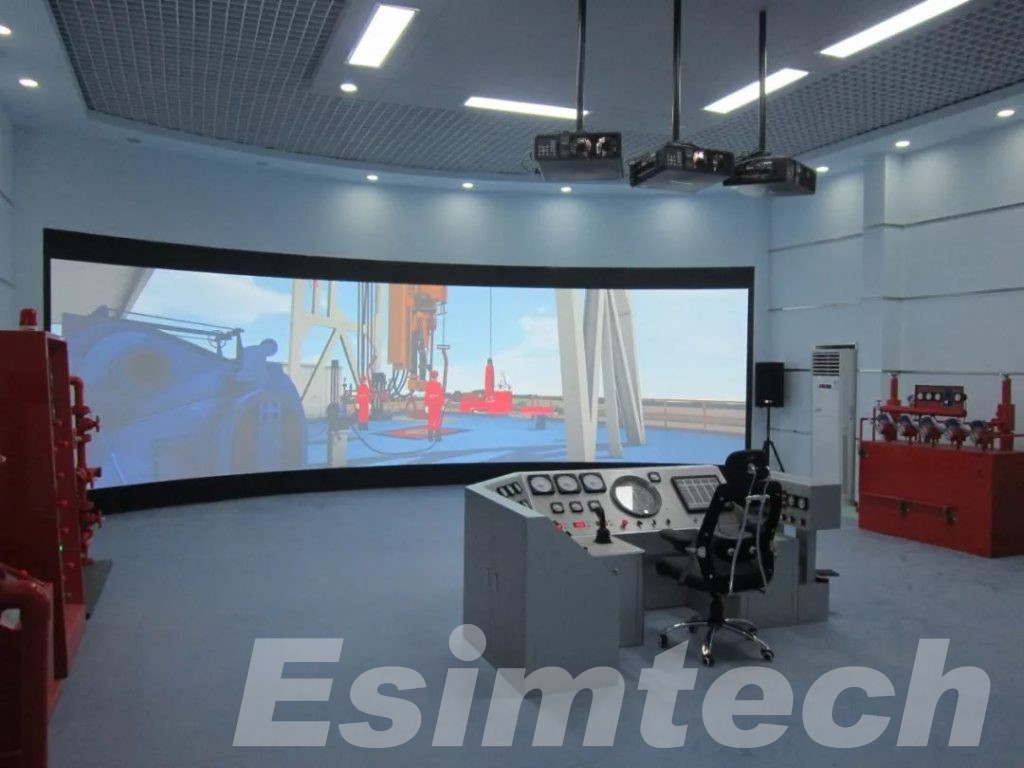
Safety and Emergency Response
Drilling simulation system are used to prepare people for emergencies and equipment failures. Operators can practice emergency response protocols and build the skills needed to respond to emergencies swiftly and effectively by simulating various scenarios.
Performance Monitoring
Drilling simulators are useful for tracking drilling performance and identifying areas for improvement. Operators can optimize drilling operations to boost efficiency and minimize costs by collecting data on drilling parameters and equipment performance.
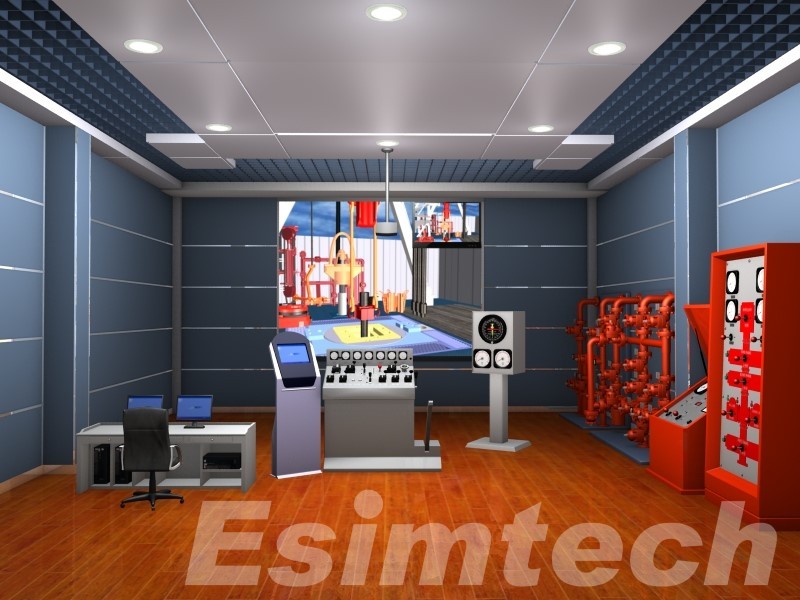
Summary
Drilling simulators are critical tools for improving safety and efficiency, enhancing performance, and reducing costs in the oil and gas industry.

